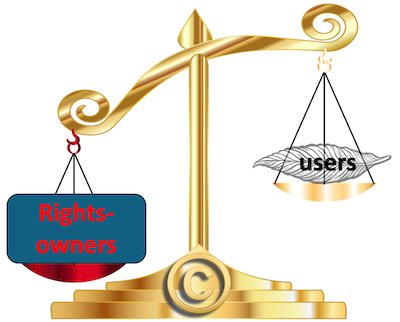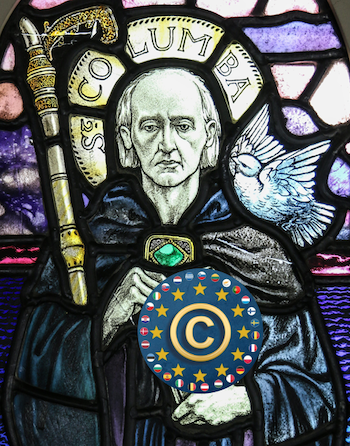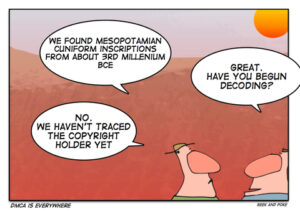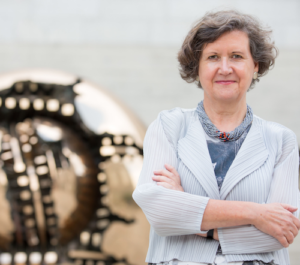Copyright balance, technological protection measures, rights management information, and fair dealing
 The law of copyright seeks to balance the interests of various members of the copyright community: the authors of copyright works, the big content companies to which they license or transfer their rights, and the societies which collect their royalties; platforms and intermediaries which facilitate online distribution of and access to copyright content; and users (whether individual, or heritage, or education, etc) who wish not only to use but to build upon existing works. Legislation such as the Copyright and Related Rights Act, 2000 [CRRA], and the InfoSoc Directive (Directive 2001/29/EC of the European Parliament and of the Council of 22 May 2001 on the harmonisation of certain aspects of copyright and related rights in the information society (OJ L 167, 22.6.2001, p. 10–19)), have sought to get these balances right, but are often criticised for failing to strike them in appropriate places.
The law of copyright seeks to balance the interests of various members of the copyright community: the authors of copyright works, the big content companies to which they license or transfer their rights, and the societies which collect their royalties; platforms and intermediaries which facilitate online distribution of and access to copyright content; and users (whether individual, or heritage, or education, etc) who wish not only to use but to build upon existing works. Legislation such as the Copyright and Related Rights Act, 2000 [CRRA], and the InfoSoc Directive (Directive 2001/29/EC of the European Parliament and of the Council of 22 May 2001 on the harmonisation of certain aspects of copyright and related rights in the information society (OJ L 167, 22.6.2001, p. 10–19)), have sought to get these balances right, but are often criticised for failing to strike them in appropriate places.
Again, it was a theme of Modernising Copyright (2013) (pdf, via here), the Report of the Copyright Review Committee [CRC Report], that reforms to the 2000 Act should balance the interests of all of the various members of the copyright community (full disclosure, I was the Chair of that committee). So, for example, in the context of technological measures for the protection of copyright or for the management of copyright information, the CRC Report recommended not only that the legal rules underpinning such measures be strengthened, but also that there would be a practical remedy where such measures operated to prevent someone from undertaking acts permitted by the exceptions provided in the copyright legislation.…






